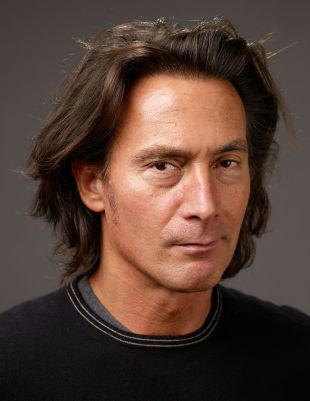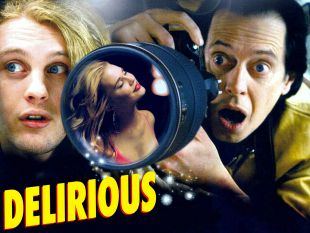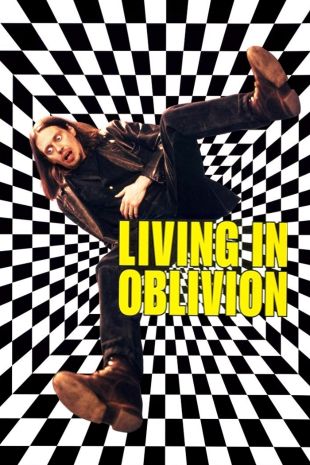A filmmaker who was heralded as one of the most exciting members of the 1990's independent film scene, cinematographer-turned-director Tom Di Cillo first made his name as the man behind Johnny Suede, the 1992 film that helped introduce the world to Brad Pitt. Di Cillo subsequently built his reputation with a series of darkly comic, resolutely quirky films, most notably Living in Oblivion (1995). An intensely funny and painfully accurate look at the world of low-budget independent filmmaking that was partially based on Di Cillo's own experiences, the film caused quite a sensation at the 1995 Sundance Festival, where its director was awarded with two screenwriting prizes.
Born in Jacksonville, Florida, in 1954, Di Cillo studied filmmaking at New York University's Film School. After earning his master's degree in 1976, he decided to pursue a career as an actor, but after struggling for eight years -- during which he painted apartments and waited tables to support himself -- he abandoned acting for work behind the camera. Di Cillo got his start as a cinematographer for NYU classmate Jim Jarmusch's Permanent Vacation (1982) and Stranger Than Paradise (1984), the latter of which became an international sensation after it came out of nowhere to win a Camera D'Or at the Cannes Film Festival.
Di Cillo worked for several years as a cinematographer but eventually grew weary of his subordinate position. Opting to direct instead, he made his feature debut with 1992's Johnny Suede. The story of an aspiring and profoundly naive rock star, it starred Brad Pitt as its titular rebel without a clue and Di Cillo muse Catherine Keener as the woman who teaches him a few basic lessons in life. Unfortunately, after enjoying what amounted to a two-week run in a few New York art houses, the film was relegated to general obscurity.
Profoundly affected by the experience of making Johnny Suede, Di Cillo used it as the basis for his 1995 follow-up, Living in Oblivion. A darkly satirical but ultimately redemptive piece, one of its greatest highlights was James Le Gros' portrayal of a narcissistic, irretrievably moronic actor based on Johnny Suede star Brad Pitt. Steve Buscemi and Catherine Keener also gave stand-out performances as the film's harried director and frustrated lead actress, and, buoyed by such high quality work, Living in Oblivion went on to win an enthusiastic reception at a number of international film festivals.
The success of Living in Oblivion established Di Cillo's reputation as a provocative new director, a reputation he furthered with his next feature, 1996's Box of Moonlight. Resting on a foundation of amiable whimsy rather than the kind of angry satire from which Living in Oblivion had built its strength, the film was the story of a burnt-out engineer (John Turturro) who retreats to the wilds of Appalachia, where he encounters such characters as the Kid (Sam Rockwell), a vagabond who lives in a magical trailer. Critics noted that Box of Moonlight was, given Di Cillo's previous work, surprisingly free of cynicism, and reacted to it in a fairly positive manner.
Di Cillo next made his most widely hyped film to date, 1997's The Real Blonde. Featuring a large ensemble cast that included Keener, Matthew Modine, Kathleen Turner, Daryl Hannah, Elizabeth Berkley, and Marlo Thomas, the film was another pointed satire, this time aimed at the acting and fashion worlds. Although not received as warmly as Di Cillo's previous films, it earned a number of positive reviews that reiterated the director's standing as one of the independent film world's more interesting voices.



